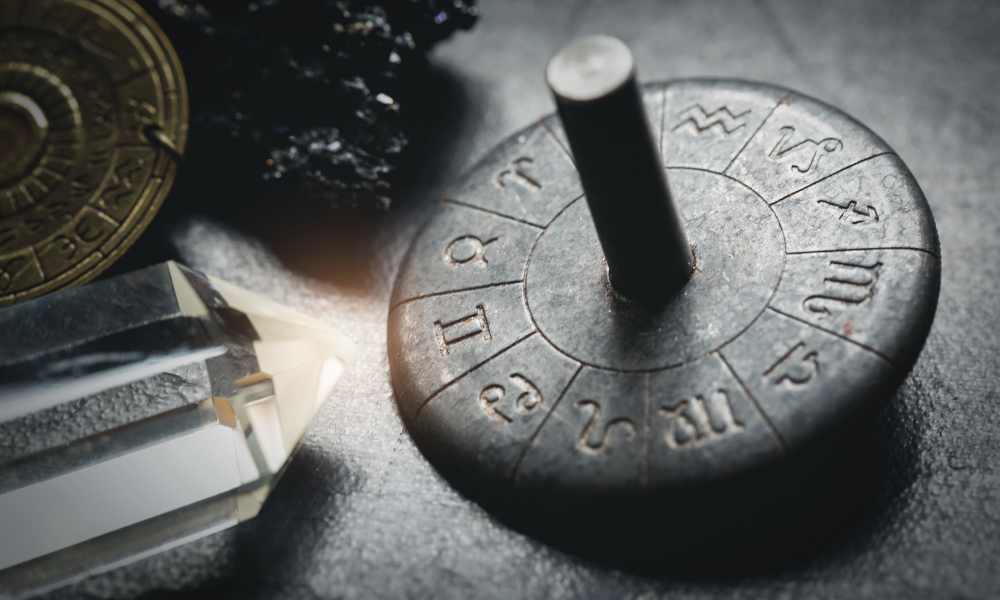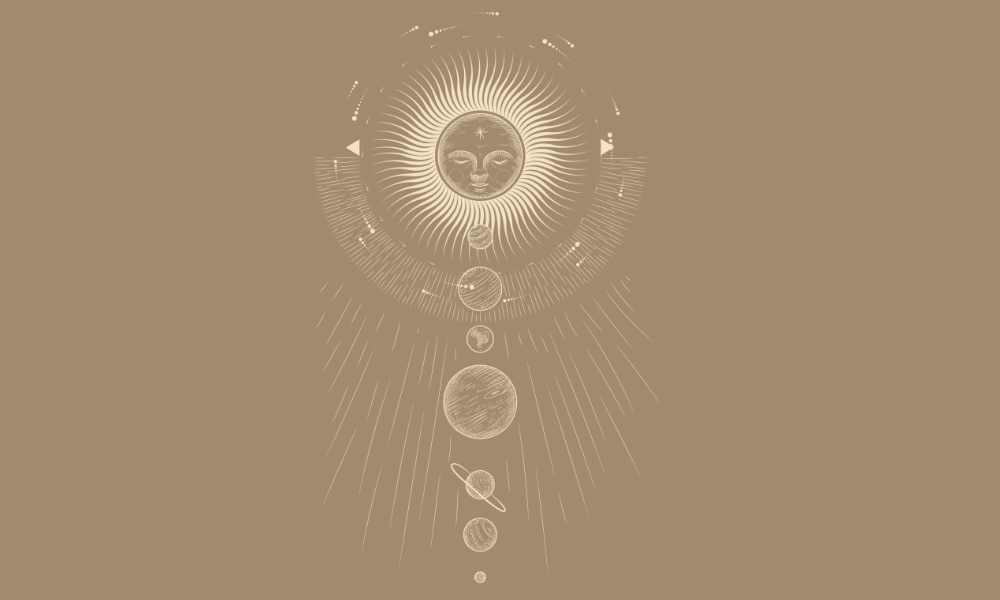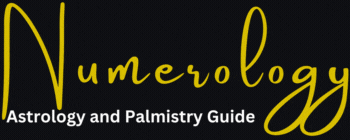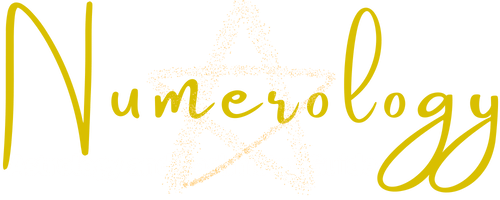Table of Contents

What Is Considered Western Astrology?
Most people are under the impression that there’s just one kind of astrology. Yet, under the umbrella of this ancient, mystical language of the sky, there are two main branches: Western and Eastern Astrology. As the names imply, these two types of astrology originated on opposite ends of the world. As such, whilst their aim is the same – to inform, aid and advise – the tools and methods used are slightly different. Nevertheless, West or East, all roads lead to the same destination, even if they take a different route to get there.
When taken down to its absolute essence, Western Astrology is exactly as the name says it is – it is the astrology most widely used and practised in the West, using a system known as ‘Tropical’ rather than ‘Sidereal’, which is what is used in Eastern Astrology.
What is the Difference Between Eastern and Western Astrology?
Western Astrology uses a system known as the ‘Tropical’ Zodiac. This system was divided by the celebrated ancient Alexandrian astrologer, Ptolemy, back in the 2nd century. This system was created as a way to track the Sun’s path through the 12 signs of the zodiac, using the Earth’s Seasons as a marker of time.
For example, the zodiac would begin at 0 degrees of Aries on March 21st – the start of spring and, thus, the symbolic beginning of a new cycle. From there, each sign is divided into 30 degrees per sign, creating a zodiac wheel of 360 degrees and 12 signs. The Western system uses an earth-based perspective rather than a space-based one – which takes us into the premise of Eastern Astrology.
Instead of using the Seasons and an Earth-based (Geocentric) perspective, Eastern Astrology uses the Fixed Stars/Constellations and a space-based perspective. It measures the positions of the planets relative to these fixed constellations. In contrast, Western Astrology uses the position of the Sun in relation to the Earth, not the stars.
You may have to read this a few times to let it sink in. Suffice to say Western uses the Earth, and Eastern uses the stars to calculate the planetary positions. Seeing as astrology is a symbol language, this fits. Why? Read on to find out –

The Symbolic Meaning of Western Astrology
Because Western Astrology uses the Sun’s relation to the Earth, calculating the positions of the planets relative to the Sun, this system becomes more accessible, human, and character-based.
Sidereal Astrology, because it uses the stars far from Earth, becomes more detached, less human, more ‘fated’, deterministic and less open to interpretation. Both systems have their place. We might even say that Western Astrology is more suited to the beliefs and culture of the West, which is far more psychological and character-driven. In comparison, Eastern Astrology is perhaps suited to the East’s more spiritual, less personal culture. It’s often found that Western Astrology tends to assist with self-exploration and learning one’s earthly purpose and lessons. In contrast, Eastern is said to have a bigger perspective of the Soul karma and far more predictive in nature.
Yet, that doesn’t mean that one is better than the other. Both are extremely valuable. Both are highly accurate in the hands of an adept, experienced, and knowledgeable astrologer.
Where Does Western Astrology Come From?
So, where are the roots of Western Astrology? How was this system created?
It’s important to remember that many countries have their very own form of astrology. We have Chinese, Balinese, and even Egyptian astrology. All of these have a powerful and profound wisdom to share.
Western Astrology can be traced back to Sumerians as early as 6000 BC. Here, we found cave paintings depicting the Sun and Moon cycles and the influence of these planets on Earth. In these times, the Sidereal (star) system was used. Planets were seen to be ‘wandering stars” back in Babylonian times when Star Mages observed the constellations in their Star Towers. Back then, certain alignments were seen to correlate with events on Earth, and certain alignments, repeated, would reflect the same kind of event over and over again.
This was especially true for Eclipses, which are repetitive – the same Eclipse occurs every 19 years or so, known as a Saros cycle. Over time, Western stargazers realized they could make predictions using these reliable observations.

Yet, Western Astrology only came to be in Hellenistic times. This was a period of history in which Alexander the Great conquered places such as Persia and Egypt, merging Greek philosophy (think Aristotle and Plato, or Socrates, who wouldn’t diagnose a patient without knowing their astrological chart first) with these other ancient forms of astrology. A Roman influence eventually came in, too, and with the expertise and brilliance of Claudius Ptolemy (mentioned previously), Hellenistic, otherwise known as Medieval or Traditional, Western Astrology was born.
This type of astrology became widely practised and celebrated, yet when the Library of Alexandria was destroyed, many valuable texts and methods were lost. Astrology plunged into the Dark Ages, yet within that emerged many powerful techniques created by Arabs. Techniques such as ‘Parts’ and the planetary “Firdaria” are just two techniques highly pertinent to the practice of Western Astrology.
The Renaissance also brought about a rebirth of Western Astrology. It was common for royals to have their own personal astrologist – someone who would advise them on the planetary movements and guide them on when to go to war, marry, and make other important decisions. Back then, Western Astrology was mainly practised as a tool to assist these important decisions, as well as for medical support. It was seldom used to assess the individual’s psychological character – at least not very widely or commonly.
Western Astrology took another dip around the Age of Reason when Science became the prevailing belief in the West (though not so much in the East, where astrology was never subject to the dips that Western Astrology has experienced). This, combined with the rise of the power of the Church, banished astrology into the darkness again.
Yet, astrology has never stayed down for long. In 1893, an astrologer was asked to write a ‘horoscope’ (prediction) for one of the Royals. It was so accurate – wildly so – that the publication requested regular horoscopes based on the Sun sign of the person (aka, our Star Sign). Yet, this was often hit-and-miss, making astrology more of a parlor trick than the respected art that it was back in its heyday.
Later, Western Astrology became popularized by people such as Carl Jung, Alan Leo and Linda Goodman, all of whom began to bring the concept of Psychological Astrology into the world. Today, this is the most widely practised form of Western Astrology.

Branches of Western Astrology
Western Astrology can be typically divided into several different branches – to name just a few:
- Mundane (world events) Astrology
- Natal (individual Birth charts & character analysis) Astrology
- Predictive Astrology
- Medical Astrology
- Fertility Astrology
- Psychological Astrology
- Locational Astrology
- Electional (picking a date) Astrology.
- Evolutionary Astrology
- Draconian Astrology
- Uranian Astrology
There are many more. It’s important to note that there’s usually quite a big divide between the more ‘traditional’ type of Western Astrology – often termed ‘Hellenistic’ Astrology, and ‘Modern’ Astrology – which is still Western, but has newer, more progressive tools that Hellenistic Astrology does not use.
Basic Foundations of Western Astrology

Western Astrology has important foundations, or layers, that define it. These are (but not limited to):
- The ten planets – the seven visible (Moon, Mercury, Sun, Venus, Mars, Jupiter and Saturn) and the three invisible (Uranus, Neptune and Pluto)
- The 12 signs – Aries, Taurus, Gemini, Cancer, Leo, Virgo, Libra, Scorpio, Sagittarius, Capricorn, Aquarius, and Pisces
- The 5 Ptolemaic aspects – conjunction, opposition, trine, square and sextile
- The 12 houses or ‘places’ – Many different systems are used, such as Placidus, Equal, Whole and more. Other House systems are often used for different needs. For example, one might use Whole Houses for predictive work, whereas one might find that Placidus houses are best for character analysis. There is often quite a divide between astrologers as the best system, and it usually boils down to personal experience and whether the astrologer is using a more ‘refined’ form of ancient astrology rather than bringing a modern astrological approach in.
Modern Astrology uses concepts such as Asteroids and points like Black Moon Lilith. Hellenistic Astrology uses classical, ancient concepts only, such as Arabic Parts, Firdaria, and Protected Time Lords. Modern or Traditional, these are all advanced concepts in Western Astrology.
Western Astrology Today
Western Astrology is experiencing a powerful revival, in which many are saying that this is the ‘Modern Priesthood’. In a world where chaos reigns, and religion is no longer so widely practised, many are turning to astrology to find answers for their life path purpose and to receive guidance for life’s trickier questions around love, career, finances and health.
Whether using Western or Eastern Astrology, it’s important to note that all astrology comes from the Divine and is a marvellous tool accessible to all. After all, as the famous Western Astrologer Dane Rudhyar says: ‘Astrology is a language. If you understand this language, the sky speaks to you’.
Zodiac Compatibility
What does Western Astrology have to do with zodiac compatibility? What zodiac signs go best together, and how do we figure that out? Which zodiac signs prefer to be single and why?
These questions, and many more, can be best answered via the lens of Western Astrology – the type of Astrology most practiced in the West, as the name suggests. There are many more nuances and layers to this than one may think. We must consider the zodiac signs’ ruling planet to understand true compatibility, not just the elements so popular in mainstream Astrology. Zodiac compatibility is so much more than two fire signs, like Leo and Aries, going together, as we will come to find out.
Author Bio - Margarita Celeste

Margarita Celeste is a practicing professional Astrologer with a fervent passion for the language of the cosmos. She has witnessed the life-changing effects this ancient art can have on her clients and students and is honoured to support, guide and facilitate this healing process. Margarita has a Jungian (Transpersonal Psychology) approach as well as a special interest in relationship astrology, both topics that hold an important place in her heart.

